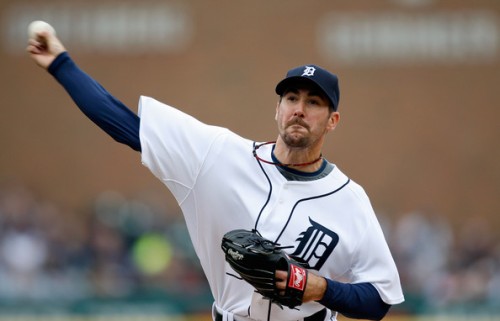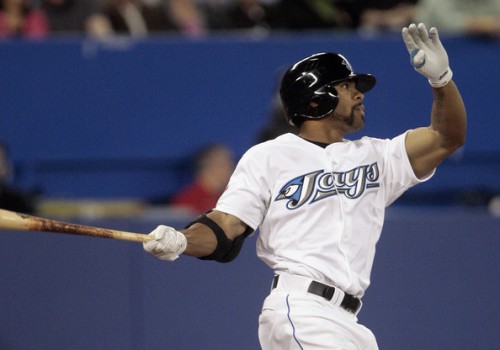
By Travis Reitsma
I want to start off by saying congratulations to Justin Verlander on a well-deserved Cy Young Award. Had I been voting, I would have selected him to win. He posted a ridiculous season leading the AL in ERA at 2.40, tERA at 3.09 and SIERA at 2.99. He also led the league in wins with 24, and when someone wins that many games in a season, you can probably assume it was a very good season.
There’s little question that Verlander is a deserving Cy Young Award winner and the Baseball Writers Association of America apparently thought so too, naming him just the ninth unanimous winner of the award since its inception in 1956 joining Roger Clemens, Pedro Martinez, Johan Santana (all twice), Denny McLain, and Ron Guidry.
Verlander’s naming was so much a slam dunk that there was zero drama ahead of the award announcement this afternoon. That has been the narrative really since he no-hit the Blue Jays back in May. From about mid-August onward, no one questioned his winning the award; the narrative was set in place. The only question was how much consideration should he get for the MVP award? The problem isn’t that Verlander doesn’t deserve the Cy, it’s that the narrative set in place months ago clearly dictated just how convincingly he won. It should have been much, much closer than it was and for once, it was a Yankee who lost out because of narrative.
C.C. Sabathia had an outstanding season in 2011. He actually led the American League in pitcher fWAR at 7.1 compared to Verlander’s 7.0, although Verlander did have a sizable advantage in rWAR at 8.6 to 6.9. Sabathia also finished ahead of Verlander in FIP, xFIP and finished only slightly behind him in SIERA. Despite this, Sabathia didn’t even finish second to Verlander…or third! Sabathia was a far superior pitcher in 2011 to both Jered Weaver and James Shields, yet he finished behind them as well.

(click to embiggen)
Of course, none of this takes into account the divisions in which Verlander and Sabathia play. Sabathia pitches many of his games against the offensively gifted AL East, while Verlander pitches most against such “daunting” lineups as the Indians, Royals and Twins. Verlander also plays in a much more pitcher-friendly park than Sabathia. Despite this, Sabathia put up at least comparable numbers across the board and actually had a significantly lower home run rate.
Here’s a quick rundown comparing the numbers of Verlander and Sabathia against the AL East and Central divisions.

(click to embiggen)
As you can see, the numbers are fairly similar between the two. Verlander has a sizable advantage against both divisions in hits, but Sabathia has a strong advantage in home runs allowed. Would Verlander have been such a slam dunk, no doubt, unanimous winner if he were on the Yankees? Would Sabathia have at least finished second in voting had he pitched his 2011 season on the Tigers?
I’ll reiterate, I do think Verlander should have won this award, but the narrative crafted by the media throughout the season made Verlander not just a Cy Young Award winner, but painted him as having one of the finest pitching seasons of all time and has also made him a serious contender for the MVP.
Although fWAR puts Verlander behind not only Sabathia but also behind five other AL position players, he did lead all of baseball in rWAR (for pitchers and position players) lending at least some credence to him being considered for the AL MVP; not that WAR stats should be the end all and be all in MVP voting.
The 2011 Justin Verlander season is a perfect example of how media-crafted narratives have a significant influence on award voting and how we think of a given player’s season.












